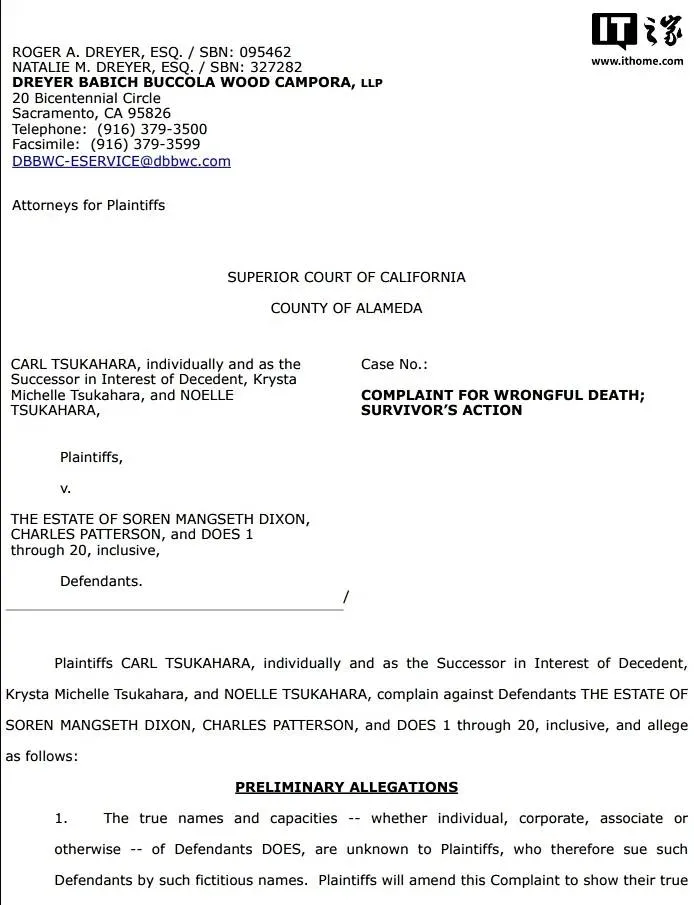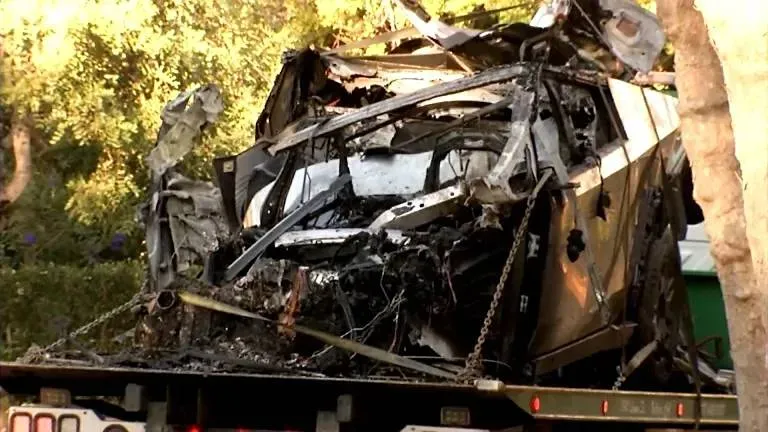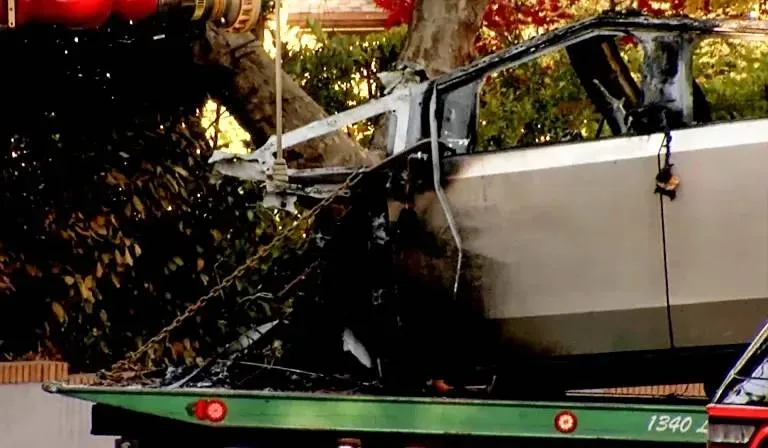The crash lasted last time in the Piemont, near Auckland. The police say they lost their control over cyber trucks while Soren Dixon at the age of 19 is speeding up. The car hit a tree and set fire in a few seconds. Dixon and two friends Jack Nelson (20) and Krysta Michelle tsukahara (19) died. The fourth passenger, Jordan Miller, survived after the bystander pulled him through the window.

The toxic science test found alcohol and cocaine in Dixon’s system. The investigator concluded that a conflict occurred due to speed and addiction. But the family claims that design defects have created a difference between life and death.

Tesla’s stainless steel body and tempered glass have made the structure more difficult. The firefighter was able to break the window before the flame spread through the room.
Tsukara’s father said that if the door opened more easily, his daughter would have lived. “She was bright, kind and full of promises,” he told reporters. “It’s painful to think that a better safety design can save her.”

Tesla said he plans to re -design the door system, but he did not mention the lawsuit. Legal experts believe that this case can put pressure on automakers to improve the safety of vehicles in the future.
For the victim’s family, the fight is personal. As Nelson’s parents said, “Our children were friends, full of life, and full of trust in technology. The trust costs all the costs.”
Core point
- California’s Tesla Cyber Truck Conflict killed three young passengers.
- The family says that the electronic door failed after the loss of power.
- The manual door release was hidden and difficult to reach.
- Tesla’s heavy design slowed down rescue efforts.
- NHTSA has begun investigating similar cases.

